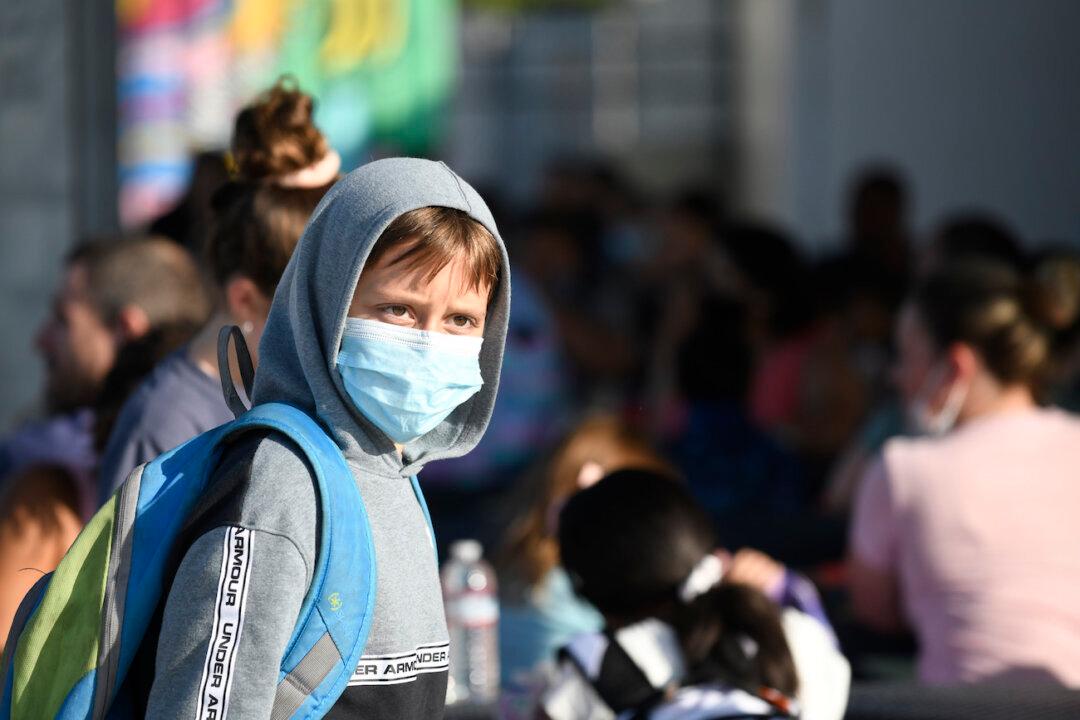News Analysis
Should children be required to wear masks at school? A review of the costs and benefits, including some of the latest science, doesn’t add much to the case for mandating school masks.


Should children be required to wear masks at school? A review of the costs and benefits, including some of the latest science, doesn’t add much to the case for mandating school masks.